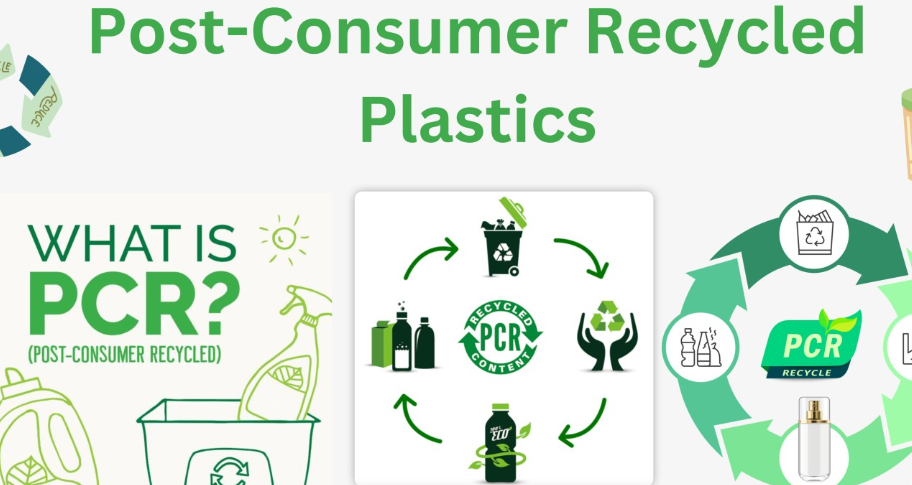Activity
-
Bharat Print Expo is inspired by the country adoption of new Print and Converting technologies coupled with the surge in ecommerce evolving lifestyles urbanization and heightened awareness about personal health significantly that fueled has the expansion of the Print and Packaging sectors Bengaluru is a city that mirrors its diversitycombining a
-
Sinocorrugated 2025
"Re-Pack For A New Future" SinoCorrugated 2025 is a professional event for carton enterprises to learn about the latest information, technologies, and concepts in the corrugated cardboard and carton manufacturing sector. It connects global resources in corrugated packaging to help suppliers obtain business opportunities and establish industry -
Marks & spencer pilots paper packaging f...
Marks & Spencer Trials Paper Packaging for Chocolate Bars, Targets Major Plastic Reduction
-
Borealis launches borcycle™ m cwt120cl...
Borealis Unveils High-Performance rLLDPE with 85% PCR Content for Sustainable Flexible Packaging
-
Novolex wins gold and secures bpi certif...
Novolex Scores Gold at FPA Awards and Secures BPI Certification for Groundbreaking Compostable Butter Wrap
-
Lyondellbasell launches pro-fax ep649u: ...
LyondellBasell Unveils Pro-fax EP649U: A Next-Gen Polypropylene for Rigid Packaging with Sustainable Options
-
Power adhesives introduces tecbond 110b-...
-
Self-cooling beverage cans: a cool innov...
-
How digital watermarks are revolutionizi...
-
Westfalia fruit pioneers laser-etched ma...
Westfalia Fruit Unveils Laser-Etched Mangoes in Sustainability Drive
-
Win win water revolutionizes hydration w...
Win Win Water Introduces 100% Biodegradable, Plant-Based Bottled Spring Water
Win Win Wate
-
The future of pcr plastics in packaging:...
-
"from trash to treasure: how pcr plastic...
-
Webinar : making recyclable mono-plastic...
Siegwerk has emerged as a global leader in packaging inks through a sustained commitment to strategic development. Sustainability-focused business strategy, HorizonNow, directly aligns with the packaging industry's growing emphasis on circular economy solutions. By offering innovative and cost-effective solutions, we empower packaging converters -
Purina expands pyramid-shaped cat food r...
Purina Expands Pyramid-Shaped Cat Food Range as Demand for Premium Pet Meals Grows
-
How2recycle updates guidelines with key ...
How2Recycle Updates Guidelines with Key Changes to Packaging Recyclability
How2Recycle®, t
-
Sonoco’s envirocan® with metal bottom...
Sonoco’s EnviroCan® with Metal Bottom Earns How2Recycle® Pre-Qualification, Boosting Sustainable Packaging Ef
-
Wrap and ifwc unite to launch wrap eu, a...
WRAP and IFWC Launch WRAP EU to Drive Circular Living Across Europe
-
Boots expands blister pack recycling sch...
Boots Expands Blister Pack Recycling Scheme Nationwide, Rewarding Customers for Sustainability
-
Berry global and green oil launch 100% r...
Berry Global and Green Oil Team Up for 100% Recycled Plastic Lubricant Bottle












